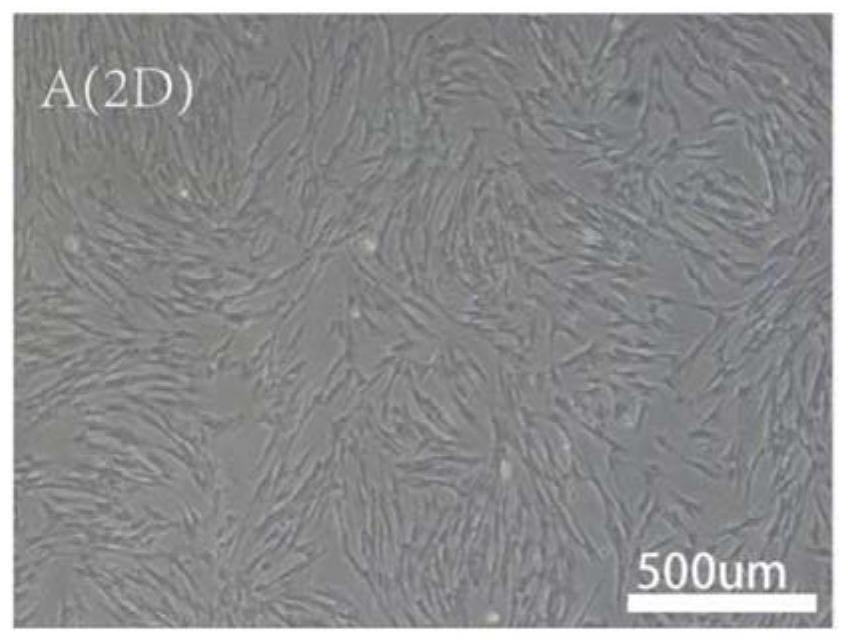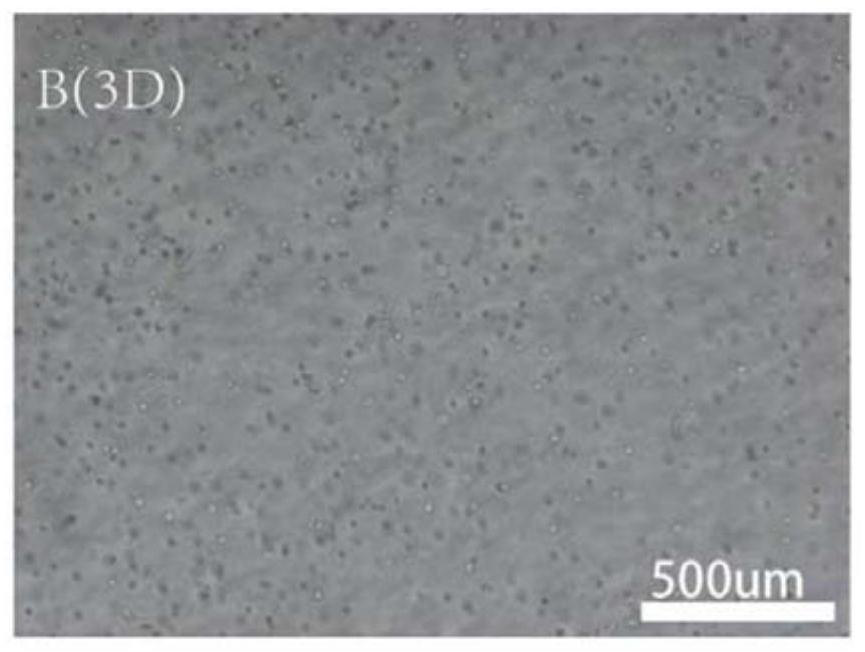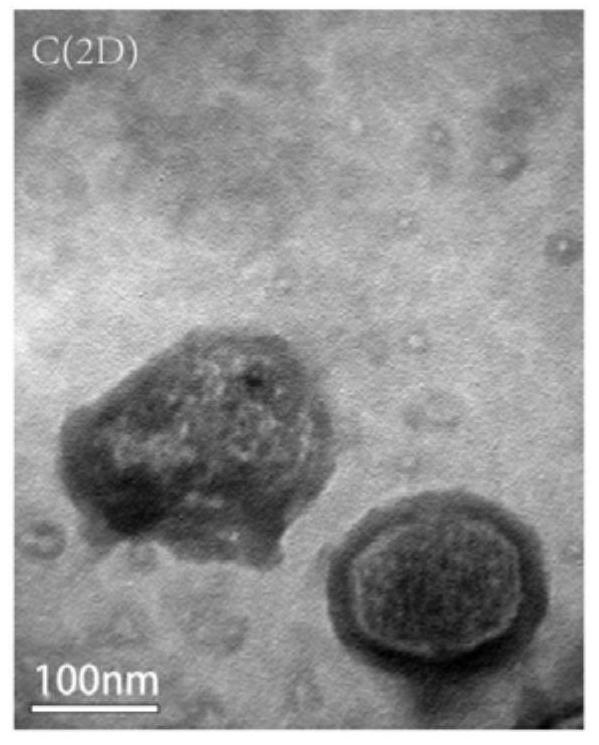Dental pulp stem cell exosome as well as preparation method and application thereof
A technology of dental pulp stem cells and exosomes, which is applied in the field of cell exosome preparation and can solve problems such as limited effect
- Summary
- Abstract
- Description
- Claims
- Application Information
AI Technical Summary
Problems solved by technology
Method used
Image
Examples
Embodiment 1
[0042] Example 1: Three-dimensional and two-dimensional culture of dental pulp mesenchymal cells (DPSCs)
[0043] The source of DPSCs: collect healthy premolars extracted due to orthodontics, cut off the teeth from the enamel-cementum junction, take out the pulp in the ultra-clean bench, isolate and culture DPSCs by improved enzyme digestion method, and take the third generation of cells after subculture. The following experiments (in actual operation, P3-P6 generations can be selected, and ideal results can be obtained). The DPSCs used in this protocol are taken from the healthy premolars of normal adults. The protocol only involves the cultivation of DPSCs and the acquisition of exosomes, and does not involve the process of dental surgery when collecting premolars. More specific methods for obtaining DPSCs are as follows:
[0044] The healthy premolars extracted due to orthodontics in the oral and maxillofacial surgery clinic were collected, placed in α-MEM medium containin...
Embodiment 2
[0050] Example 2: Extraction and identification of exosomes
[0051] Exosomes were extracted using the exoEasy Maxi Kit kit. Thaw the collected supernatant at 4°C, concentrate it with an ultrafiltration tube, add XBP and XWP in sequence according to the kit instructions, centrifuge, discard the filtrate, and finally add XE to elute and resuspend, which is the exosome solution. The exosomes were extracted from the supernatants of the three-dimensional culture and the two-dimensional culture, and the obtained three-dimensional culture exosomes and two-dimensional culture exosomes were identified.
[0052] Exosome morphology observed by transmission electron microscope:
[0053] Take 20ul of freshly extracted DPSC-Exo suspension under three-dimensional culture and two-dimensional culture conditions and drop it on the copper grid, add 10μl of 2% uranyl acetate on the copper grid for 1min after 10 minutes, wash, dry at room temperature, put the sample on the machine, and transmit ...
Embodiment 3
[0058] Example 3: miRNA analysis of exosomes
[0059] The miRNA high-throughput sequencing of the two-dimensional and three-dimensional cultured exosomes in this experiment was completed in cooperation with Wuhan Huada Medical Laboratory Co., Ltd., and BGISEQ-500 was used for sample sequencing. The exosomal protein concentration was corrected by the BCA method, followed by library construction. The specific process of library construction is: 1) total RNA isolation, ligation of 5' and 3' ends; 2) cDNA synthesis after adapter removal; 3) cDNA amplification, separation of target fragments; 4) library quantification and pooling circularization; 5) Quality inspection, on-machine sequencing. Statistical analysis is performed on the original data obtained by sequencing to obtain credible target sequences for standby analysis by removing joints, removing low quality, and removing contamination.
[0060] Using the Dr.Tom platform under BGI, the miRNA expression profile was statistic...
PUM
| Property | Measurement | Unit |
|---|---|---|
| Particle size | aaaaa | aaaaa |
Abstract
Description
Claims
Application Information
 Login to View More
Login to View More - R&D
- Intellectual Property
- Life Sciences
- Materials
- Tech Scout
- Unparalleled Data Quality
- Higher Quality Content
- 60% Fewer Hallucinations
Browse by: Latest US Patents, China's latest patents, Technical Efficacy Thesaurus, Application Domain, Technology Topic, Popular Technical Reports.
© 2025 PatSnap. All rights reserved.Legal|Privacy policy|Modern Slavery Act Transparency Statement|Sitemap|About US| Contact US: help@patsnap.com



